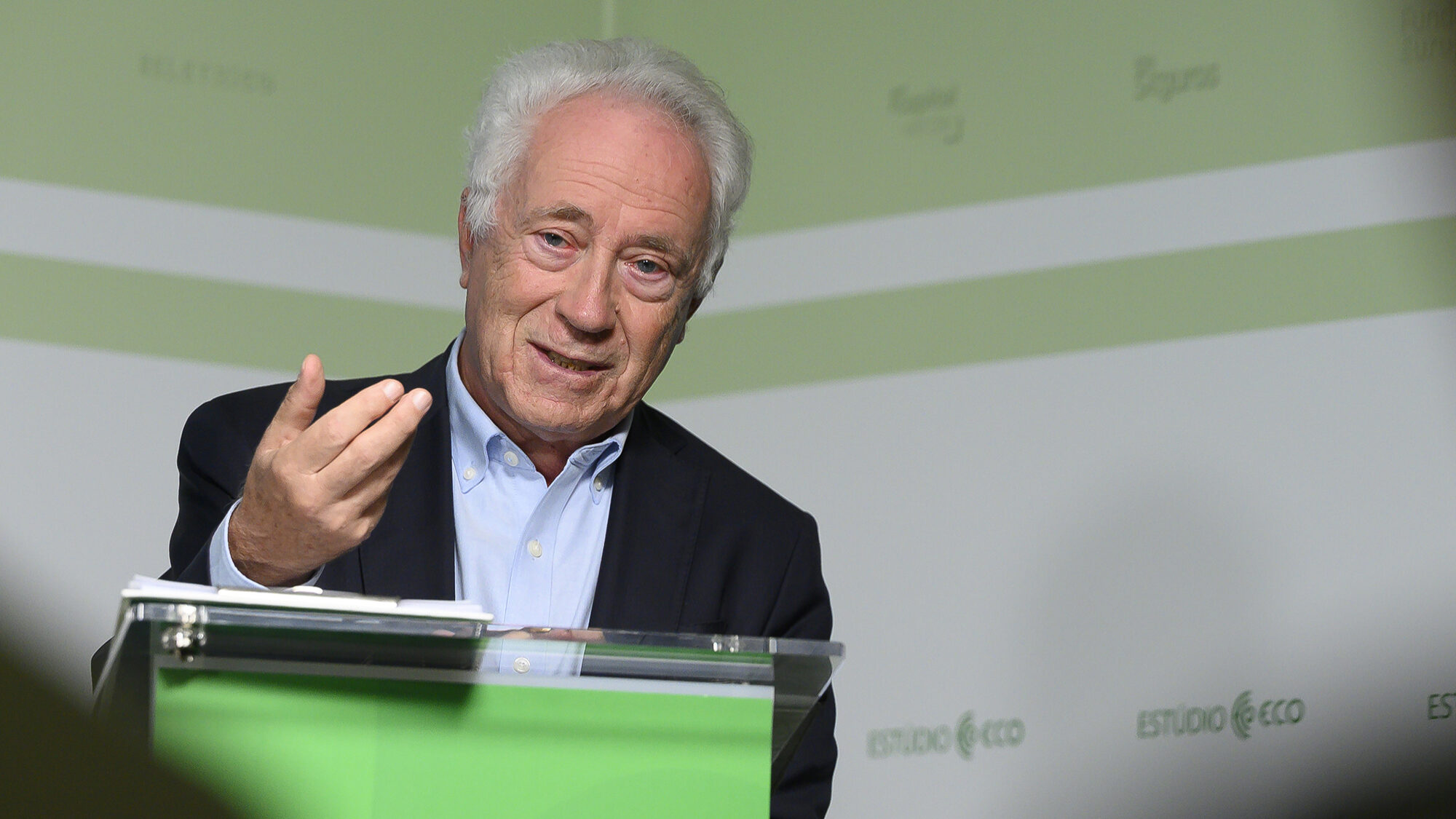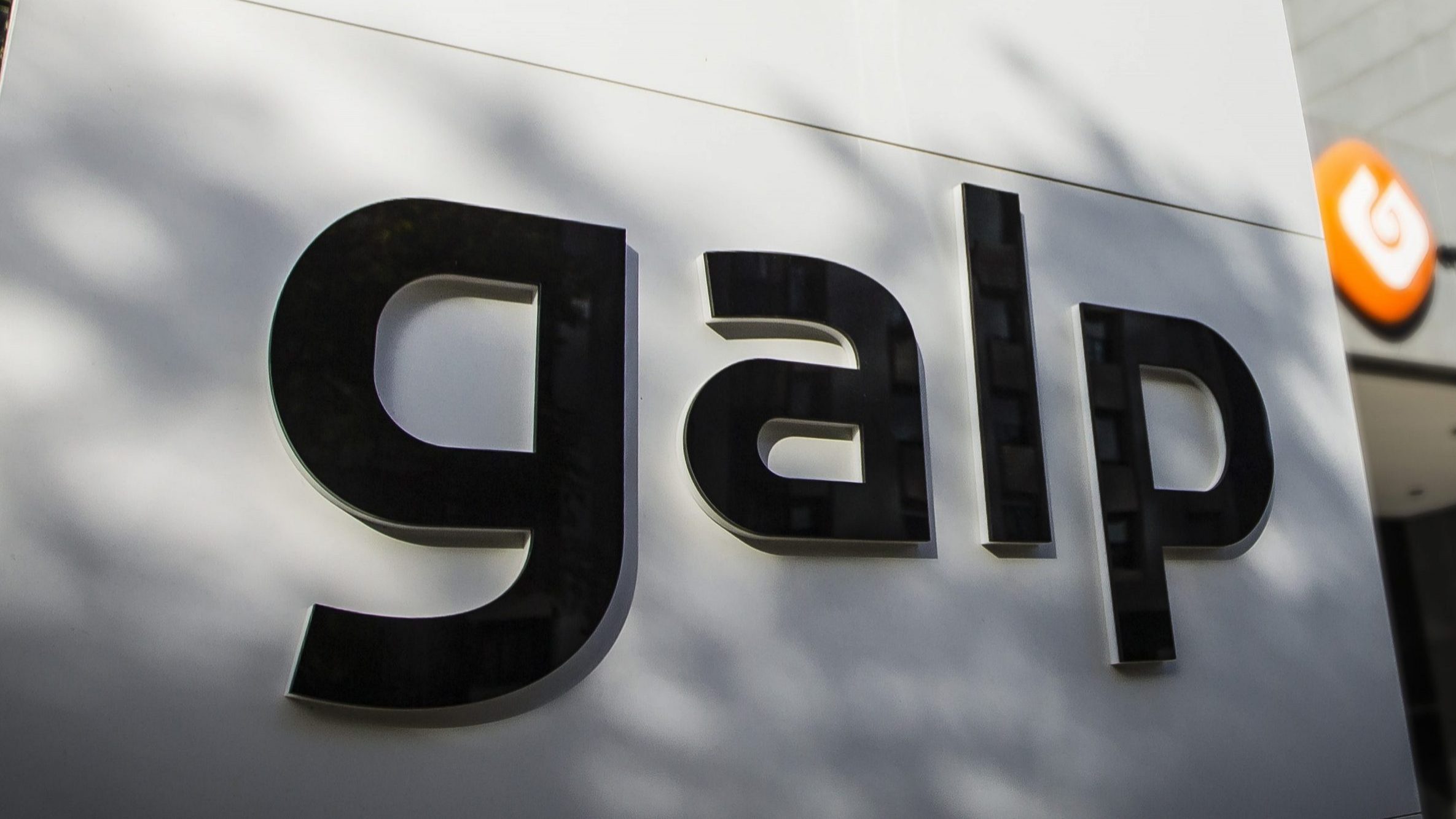House prices fall in the “trendy” areas of Lisbon and Porto
The property boom is showing signs of slowing down in some districts of Lisbon and Porto. Marvila, Arroios and Foz are experiencing unprecedented declines, driven by falling prices for new homes.
The housing market in Portugal remains on the rise overall, but some of the most sought-after neighbourhoods in Lisbon and Porto are beginning to show signs of cooling. The latest data from INE, the Portuguese Statistics Institute, for the second quarter of 2025 reveal a trend that contradicts the discourse of widespread growth: there are areas in Lisbon and Porto where prices have been falling consecutively for several quarters, pressured mainly by the massive influx of new homes onto the market.
In Lisbon, seven of the 24 parishes recorded a year-on-year contraction in the median sales value between April and June, a figure not seen since the last quarters of 2021. In Porto, the situation is slightly different, but no less relevant: two parishes saw price falls in the same period, notably the union of the parishes of Aldoar, Foz do Douro and Nevogilde, one of the most premium areas of the city.
Marvila is the most emblematic case in the capital. This parish, which has a median value of €5,250 per square metre, 11% above the average for the city of Lisbon, has seen a year-on-year correction in the median sales value for three consecutive quarters, with a 16.8% drop in the second quarter of 2025. This pressure on prices is exclusively due to new homes coming onto the market, whose median sales value has been contracting for three consecutive quarters, with a notable year-on-year contraction of 14.6% in the second quarter, after falling 10% in the previous three months.
Speaking to ECO, André Faísca, real estate consultant at Remax Convictus, highlights the entry into the market of many new developments, since “in Marvila and Beato there is a lot of new construction, many developments”. He also points out that “as houses are placed on the market in several phases, attention must be paid to the quarterly assessment of variations”.
Even so, André Faísca puts the fall in prices into perspective: “We have not seen such a sharp fall in prices. What we have seen is that people are being more rational in the process, which means that purchasing decisions are taking longer, especially for new properties”.
The same dynamic can be seen in Arroios, the sixth parish in Lisbon with the lowest price per square metre (€4,216). According to INE data, the median sales value in this parish fell by 2.59% year-on-year in the second quarter, after also contracting by 4.75% between January and March.
This pressure on prices is also being particularly driven by new properties coming onto the market, with the median sales value of these homes falling for four consecutive quarters, particularly in the first and second quarters of this year, with year-on-year declines of 19.6% and 18.8%, respectively.
The parish of Arroios thus presents one of the most interesting dynamics in the Lisbon market: although it remains a sought-after area, the arrival of new developments seems to be creating competitive pressure that is reflected in final transaction prices, while the prices of existing properties on the market continue to rise, as evidenced by the year-on-year increase of 3.71% in the second quarter and 6.71% in the first quarter.
Parishes where the market is trending
Still in Lisbon and experiencing a more prolonged downward trend is the parish of Santo António, the most expensive in the city, with house prices exceeding €6,000 per square metre. According to INE data, the median value of house sales in Santo António has fallen year-on-year for four consecutive quarters.
Unlike Marvila and Arroios, in the case of this parish, the negative pressure on prices has been particularly driven by second-hand properties, which, despite seeing a year-on-year increase of 0.81% in the median sales value in the second quarter, had been falling in the previous four quarters.
“Santo António is one of the city’s main parishes. What is happening is that we have houses in need of renovation, and the pressure is due to this type of property”, confirms André Faísca, adding that houses in need of renovation have seen price corrections.
The Remax ConviCtus consultant adds that, “in houses in need of renovation, there is more negotiation than for a new product in the parish, which inevitably causes the price to be corrected” downwards.
This reality contrasts with what is happening in parishes such as Beato, where the consultant points out that “the rise in prices has been driven by the arrival of new products, causing prices to rise above what was normal for the parish”. “For some years now, it has been possible to explain that this is a new area of the city that is growing”, he points out.
In Porto, fewer parishes are experiencing price declines, but in the union of the parishes of Aldoar, Foz do Douro and Nevogilde, where the median price of homes sold exceeded €3,800 per square metre, prices not only fell by 3.59% year-on-year in the second quarter, but it was also the second consecutive quarter of decline.
This decline was mainly driven by the fall in prices of second-hand properties, which in the second quarter saw a year-on-year contraction in the median sales value of 7.4% and in the first quarter an annual contraction of 2.8%. “The phenomenon that occurs most here is the difference between asking prices and actual transaction prices. The average asking price compared to the average transaction price is very high”, explains André Castro of ERA Porto Avenida.
The consultant explains to ECO that “there is a considerable number of properties that are priced at stratospheric levels, in the high clouds, and deals are made in the low clouds. This happens with both existing and new properties”.
André Castro gives as an example that a few months ago, prices of €15,000 per square metre were “launched” for new properties in the city, precisely in this area, and that, with no deals being made, one of the houses has already dropped to €14,000 and still hasn’t sold. “This is a common trend in the market in this parish, although mostly for other values”, says the consultant, pointing the finger at “psychological movements” that in many cases have no connection with reality.
“Sometimes prices per square metre are set and the market follows suit, without any rationality”, criticises the ERA Porto Avenida consultant, adding that “in these very heated markets, we often see properties being labelled as luxury not because of their quality or value, but because of their price”.
The declines in some parishes in Lisbon and Porto contrast with a market that, in general, continues to be buoyant. In the second quarter of 2025, the median price of the 41,608 family homes sold in Portugal was €2,065 per square metre, corresponding to a year-on-year change of 19%, after rising 18.7% in the first quarter.
The cooling and even contraction of prices in key districts of Lisbon and Porto indicates a phase of adjustment in a property market that has so far been marked by rapid appreciation, fuelled by the growing supply of new properties. This phenomenon suggests a normalisation of prices, with supply and demand beginning to align in a more balanced way, bringing greater stability to the sector. Although the national market remains buoyant, these local corrections are noteworthy, as they signal dynamics with potential impacts on investment and housing policy strategies.




